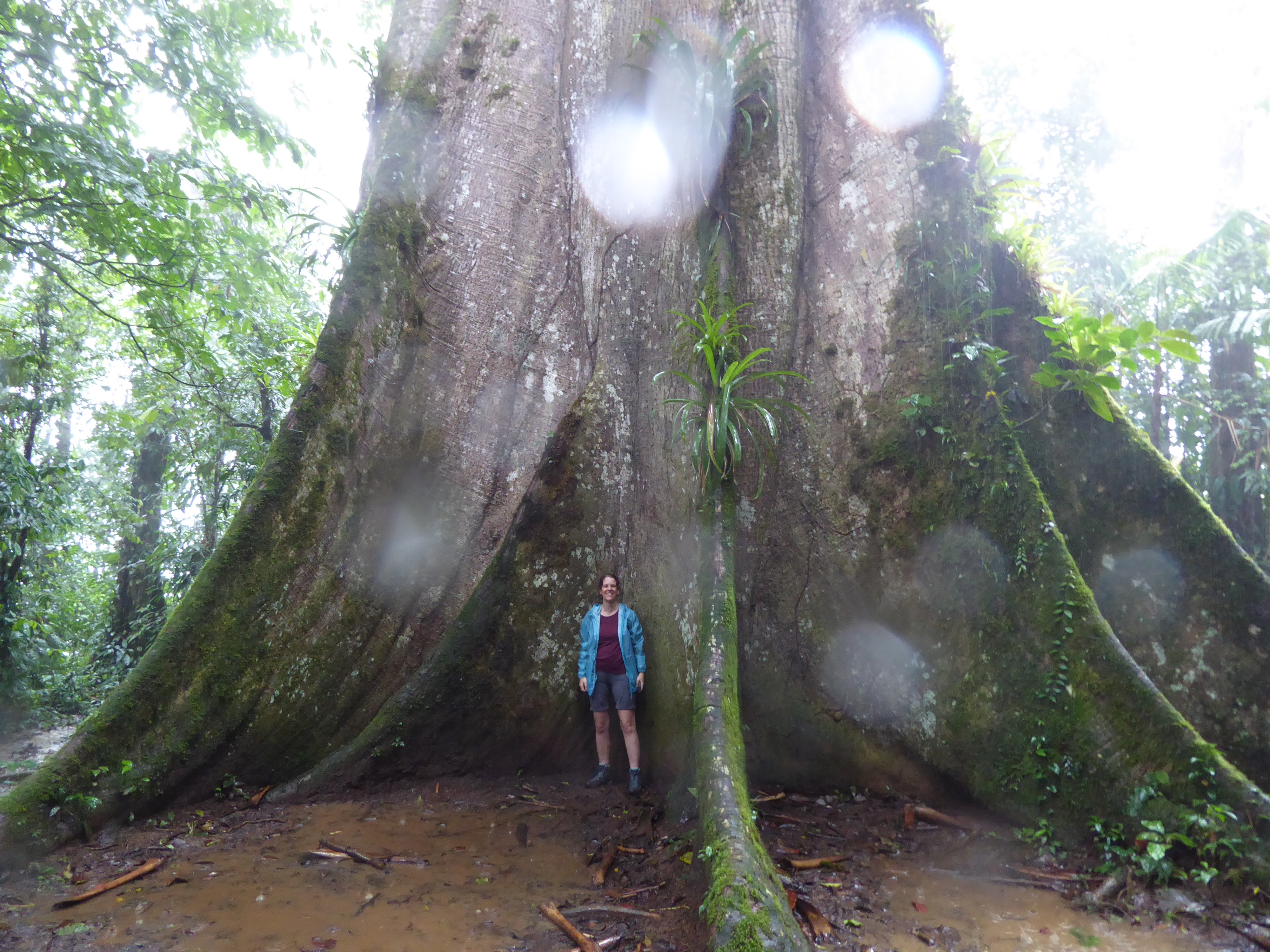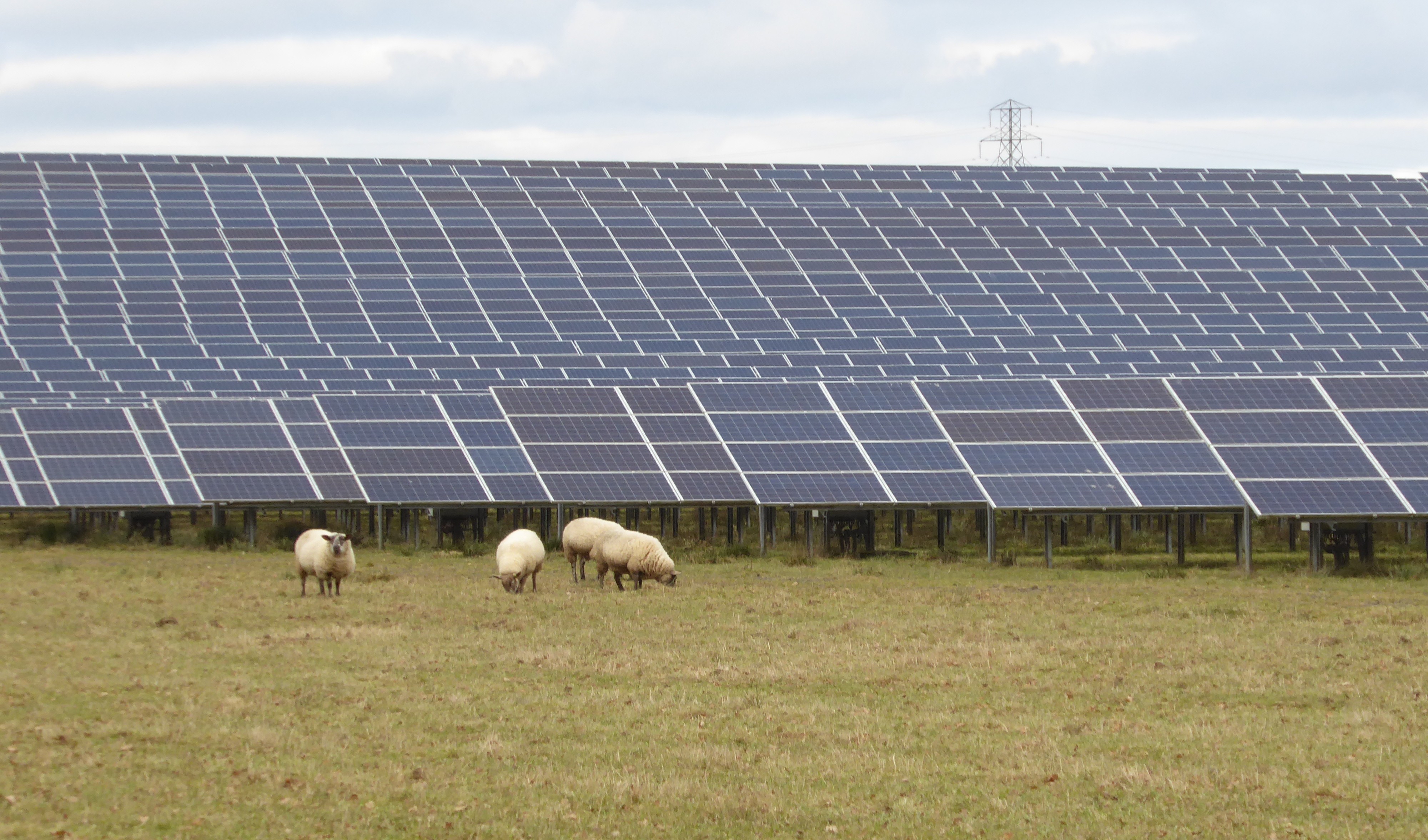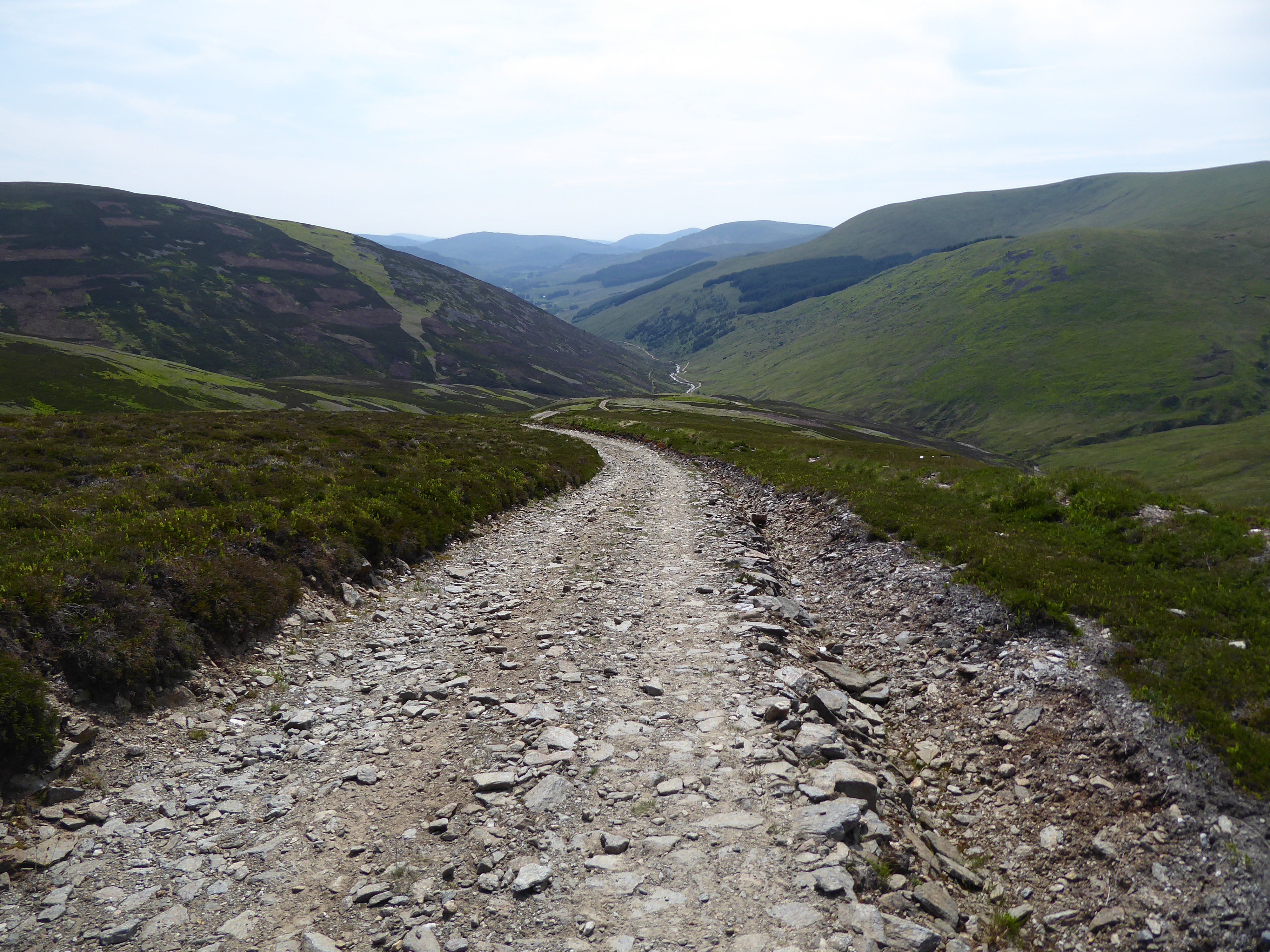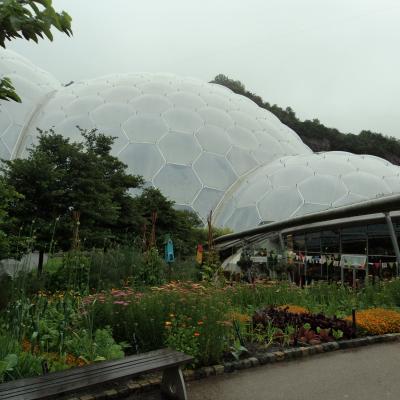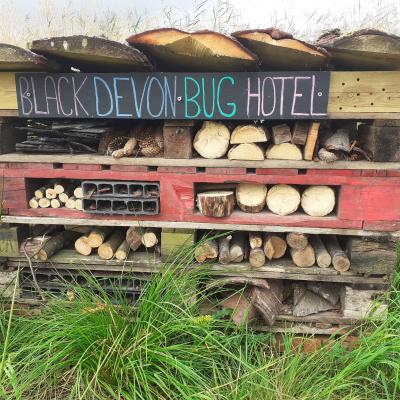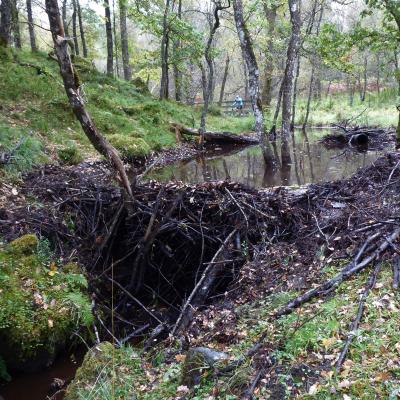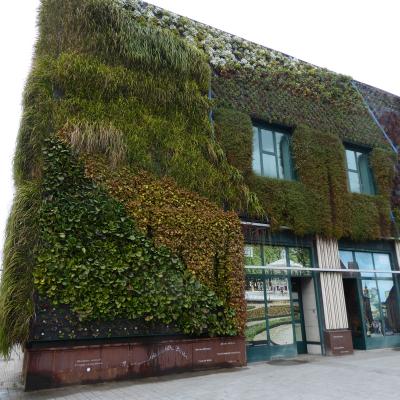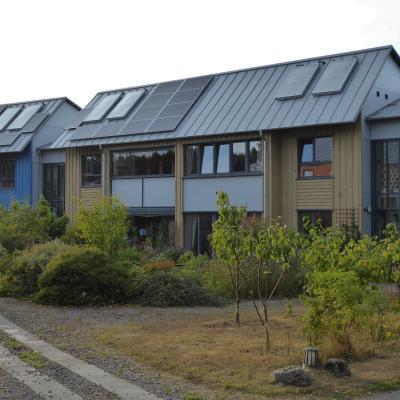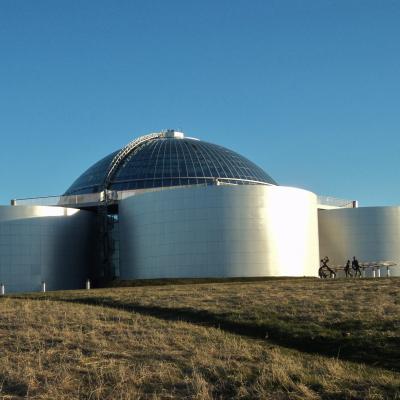Can sustainable tourism work? I was fortunate to enjoy a 2-week holiday in Costa Rica, travelling with Intrepid Travel, a company with a strong sustainability and community ethos. Here are my impressions of Costa Rica.
Costa Rica (CR) is a small country (smaller than Scotland) sandwiched between Nicaragua and Panama. It has a population of 5 million, with one city, San Jose. It has incredible biodiversity, hosting over 4% of all species on this planet, encouraged by its tropical climate and its geography – mountains and coasts straddling two continents and two oceans. Half a million species live here including 12,000 plants (1500 orchids alone), 900 birds, 1240 butterflies and 230 mammals. Contrast that with 70,000 species in the whole of the UK.
Like many ‘developing’ countries CR cut its forests for timber and to grow export crops – pineapples, bananas, palm oil. The USA even provided loans to encourage new cattle ranches. This export led development is very competitive often resulting in low export prices, low wages, and environmental devastation. Unique forests were lost, pesticide and fertiliser use soared, and rivers polluted. The forests are essential for wildlife, they keep the micro-climate cool, and the transpiration helps to create rainfall.
In 1997 the CR Government began to pay small landowners to reafforest their land, funded by a tax on fuel and from tourism revenues. Tree cover had decreased from 75% in the 1940’s to a low of 21% in 1987. Now, remarkably, it has increased to nearly 70%. CR is the first tropical country in the world to reverse deforestation.
CR is a democracy with a government that thinks long-term and works to benefit its people. They abolished their army in 1948. They pay landowners for ‘ecosystem services’. Landowners need to apply for permission to cut trees, pesticides have been banned for use near watercourses, and there is a ban on new palm oil and banana plantations. And for what? To encourage eco-tourism. Tourism accounts for 8% of the economy and 200,000 jobs – all year round. CR also has the healthiest population in Latin America, with a life expectancy of 80 years.
Electricity is provided from 100% renewable sources. Mainly hydro-electric power stations plus some windfarms and geothermal from its volcanoes. However, emissions from transport continue to rise with a rapid growth in car ownership and road building. I saw very little evidence of electric car infrastructure (2 EV charge points in 2 weeks)! The only electric transport we used was a small electric boat for wildlife watching – far quieter and less disruptive enabling us to see more wildlife.
3 million visitors come to CR each year, drawn by its 28 national parks, wildlife, beaches, and eco-tourism-based activities. Unlike those in the UK, these are true National Parks where nature protection takes priority. 28% of the land is protected including some small areas where indigenous tribes retain land ownership.
Intrepid Travel try to use local and community-based facilities. They employ local drivers, use public buses where possible, stay in family-owned guest houses or home stayovers and arranged a visit to learn from an indigenous tribe. There was certainly evidence that much of the tourism infrastructure is owned by families, rather than multi-national corporations. With family or community owned tourism the benefits are more likely to trickle down to wider society.
We enjoyed a kayak trip through the mangroves. Our guide operated the business from his family farm. Decades ago, his father had cut down the mangroves to plant rice, but now the family are paid to restore the mangrove forest. The guide was a biologist and was passionate to educate us about the importance of mangroves. Mangroves protect the land from storms and hurricanes and provide a safe nursery for juvenile fish which then migrate to the ocean. They provide habitat for algae which create oxygen. When the algae die, they sink and store carbon on the seafloor. Mangroves are therefore important for our future survival on this planet.
Of course, inevitable problems do arise from the rapid growth in tourism. A huge increase in demand for air conditioning, hot water for showers, drinking water and sanitation, traffic jams, tourist shops selling overpriced goods, imported over packaged goods and associated plastic and litter. There are luxury yachts, ever larger and more luxurious hotel rooms with swimming pools and hot tubs, and areas where the wildlife is scared away, or controversially, are attracted by waste food.
However, my overall impression is positive. A country with a government with a vision to protect the environment for the benefit of its people, and to pay for that protection by encouraging tourism. We could see large areas of abandoned cattle pasture being reclaimed by the forest, and much of the land and tourism facilities are still owned locally.
All our guides talked about climate change. We don’t usually think about the effect on the tropics, but climate change is making the tropics warmer and changing rainfall patterns. So many species are adapted to their current environment and are dependent on one another. For example, orchids that are pollinated by only one species of insect. Lose the insect, lose the orchid. Lose the orchid, lose the insect.
The elephant in the room, as always, is that wealthy tourists from North America or Europe must fly to reach CR. There is an Air Departure Tax, but the impact of international flights is a hard nut to crack. The airline I flew with, United Airlines, argues that they are ‘leaders in adopting sustainable aviation fuel’ but we are decades away from a technological solution that really works. I could try to argue that my visit has helped to provide tax income to CR, which is helping to finance reafforestation, but this is merely restoring carbon from its lost forests and won’t offset the additional carbon from my flight. However, without tourists, CR would cut down its forests with devastating impacts on its wildlife. My conclusion is that to properly offset the impacts of aviation we need a global mechanism to permanently bury an equivalent amount of CO2 underground. But there is no sign of this happening.
Other countries, in both the tropics and temperate areas, would do well to learn from CR. It is refreshing to see a developing country that is safe, with little corruption, and has a healthy population. Back home we need to campaign to restore some of the massive loss of habitat in so called ‘developed’ countries to create a healthy environment that is good for us and our economy.
Photographs
To see my photographs from Costa Rica, please check out my social media:
carbonchoices (Instagram)
carbonchoices (Facebook)
carbonchoicesuk (twitter)
Carbon Choices
Don’t miss my future blogs! Please email me at This email address is being protected from spambots. You need JavaScript enabled to view it. and I will send you each new blog as I publish them.
You might also enjoy my book, Carbon Choices on the common-sense solutions to our climate and nature crises. Available direct from me or http://www.carbonchoices.uk/index.php/buy. I am donating one third of profits to rewilding projects.
Follow me at carbonchoicesuk (twitter), carbonchoices (Facebook), carbonchoices (Instagram)
